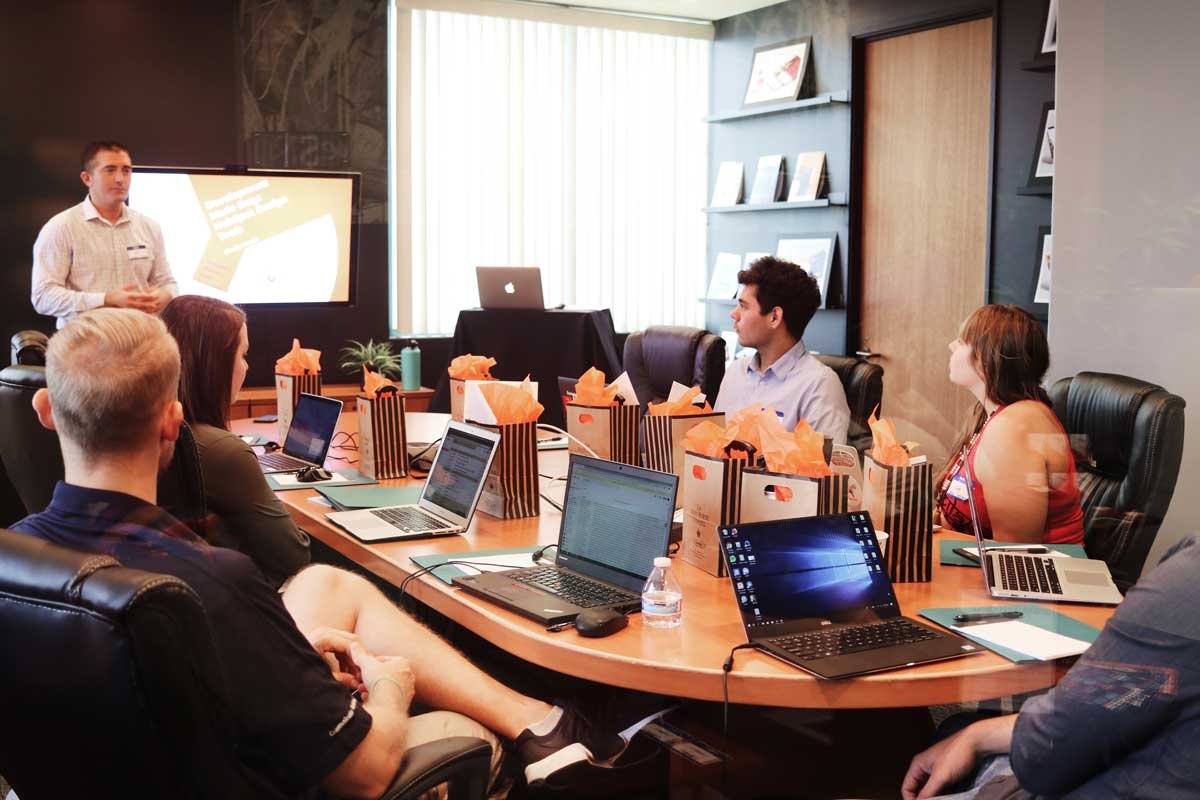The COVID-19 epidemic has shifted the globe from offline to online, resulting in a shift in technology. Due to this, people and organizations have had to adjust to new ways of working. The big question is whether organizations and individuals will return to their previous modes of operation or whether 2022 and beyond will usher in a new digital age. The Human Resource (HR) industry is seeing new trends and predictions such as the HRMS software and new challenges resulting from the continuous digital transformation. Rethinking tactics, HR executives and teams are taking advantage of the opportunity to improve the workplace and work environment for the better. Here is a handful of the most anticipated Human Resource (HR) trends and predictions for 2022.
Perks will be reimagined.
Over the past two years, many employees have been forced to work remotely or in hybrid situations. While working remotely during the pandemics, 74% of the staff in a LinkedIn survey stated they had rethought their profession and what they wanted from it as of August 2021.
Employees who work from home have little interest in perks like free lunches or on-site barbershops. Employers are looking for workspaces and perks that will enhance their life, not just for a short period or for the sake of being more convenient.
Employees are also more concerned than ever before with incentives that help them maintain a better work-life harmony, such as health insurance, paid parental leave, and the ability to work from home. A company’s benefits program is likely to change to retain present employees and attract new ones. This is a valid assumption.
Mental health will remain a priority for individuals and organizations alike.
Concerns over the pandemic’s future have pervaded it. Changes in daily routine, social exclusion, sensory overload, and general uncertainty about the future have contributed to many people’s anxiety. In 2020, 76% of respondents said they had at least one indication of a mental health disorder, up from 59% in 2019.
More and more businesses are placing a high value on the well-being of their workers as a response to these common issues. According to a 2021 poll, 68% of senior HR directors ranked employee and psychological well-being as their top priority. As a result, corporations have had to pay more attention to their employees’ well-being.
This upward trajectory will continue in 2022. There has been an increase in COVID cases due to the emergence of novel variations. So, mental health will be a constant concern for both individuals (many of whom are suffering burnout) and employers, increasingly recognizing the humanity of people at work.
“Always on” cultures will be phased out in the workplace.
The “always-on” work culture has resulted from the blurring of life and work, resulting in many employees feeling that they must be available at all times. As a result, workers are becoming exhausted as they strive to handle the pressure of seemingly limitless labour.
Employers will make a determined effort in 2022 to reduce employee fatigue by turning off the “always-on” culture. There has been an increase in the companies concerned about their employees’ work-life balance. Exactly how companies plan to switch off this “always-on” attitude is unclear, but one thing is certain: employees will inevitably look for a path out of the fire without a remedy.
While no one can predict 2022’s trajectory, along with the growing use of the HRMS software, the three HR trends and predictions listed above represent some of the most educated estimates as to what the new year will bring.


